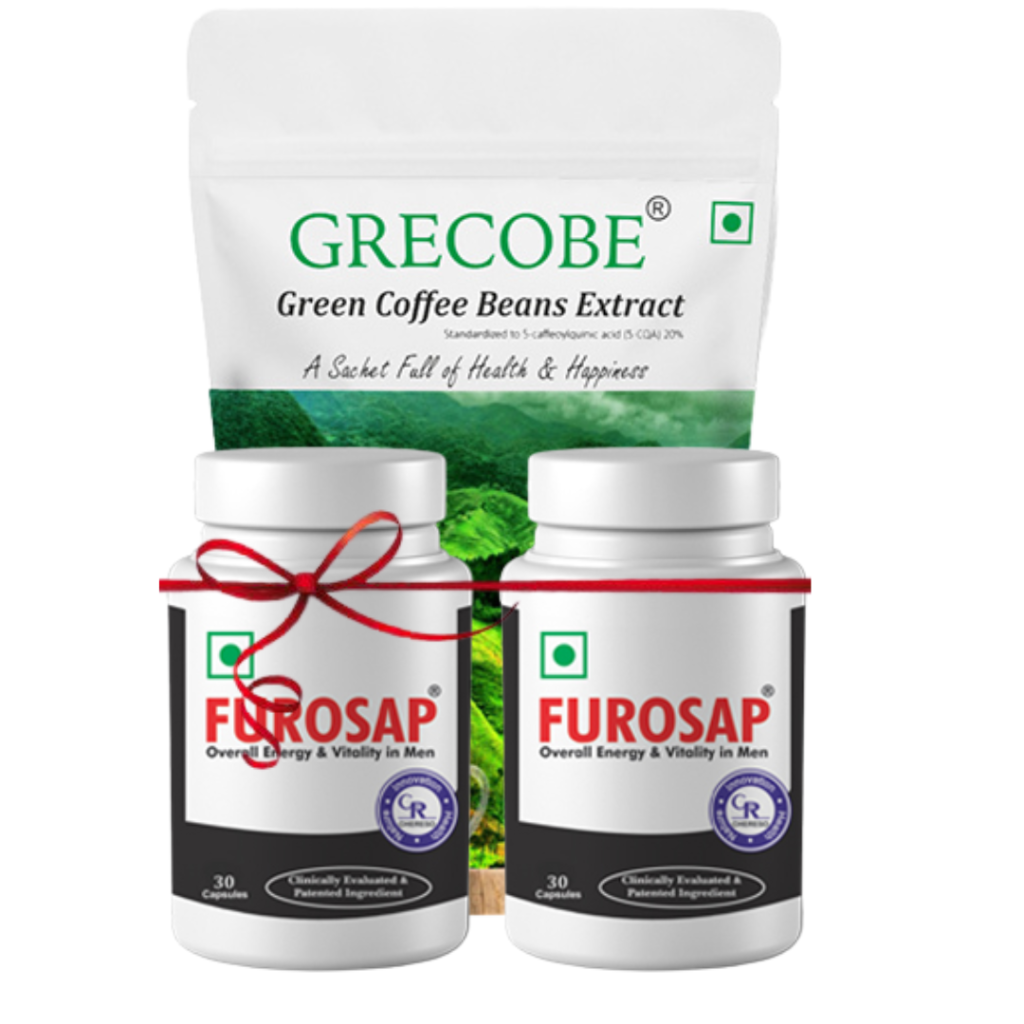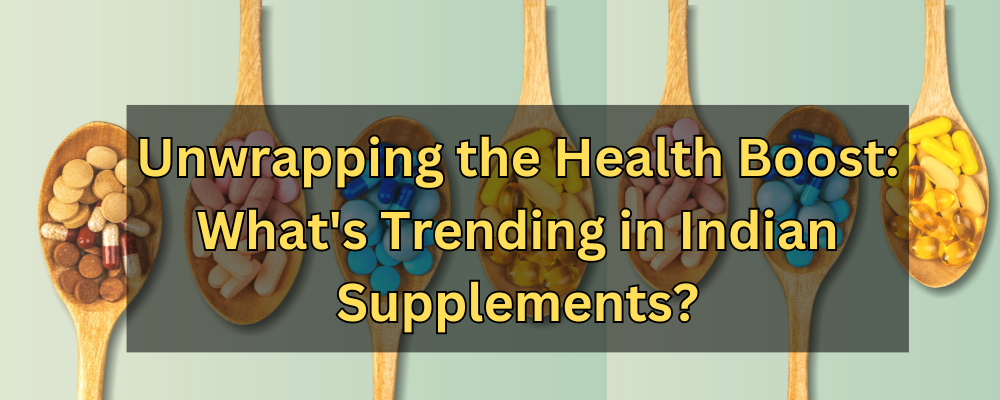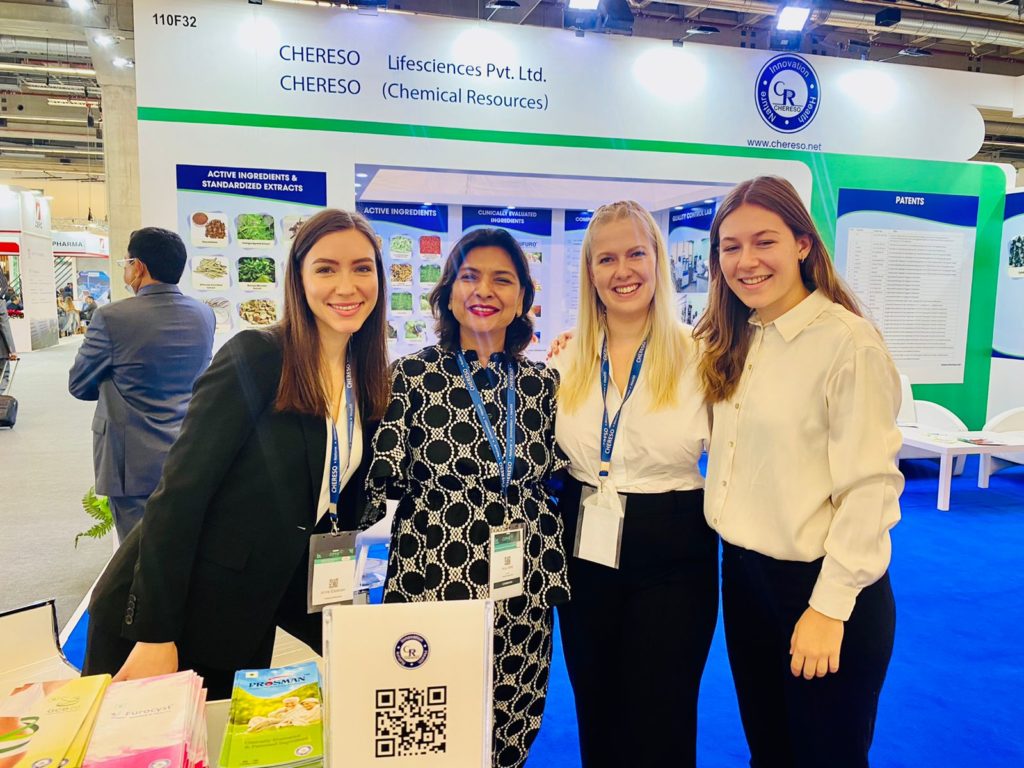More than half of all American adults take multivitamins or other dietary supplements, according to the U.S. Centers for Disease Control and Prevention. Women in particular have been quick to jump on the supplement bandwagon, despite past research that challenged the effectiveness of multivitamins in the prevention of cancer and heart disease. Recent studies have found other benefits of vitamins, including a boost in brainpower as you age. Though experts say food is still your most important source of nutrients, they also say meeting daily dietary needs is vital to long-term health. Supplements can help you fill in nutritional gaps.
“When it comes to preventing certain diseases, vitamins may not be a panacea,” says Heidi Skolnik, MS, a nutrition consultant and nationally recognized writer, editor, and lecturer. “That said, women typically diet, and so there are often gaping holes in their nutrition. Most experts like myself prefer to recommend food as the prominent source of vitamins because the body may use food-sourced vitamins more efficiently than supplements.”
Vitamins for Women: What You Need
Our bodies are like fine cars. You can’t put regular gas in a Porsche and expect it to run well. For that reason, you should consider adding the following nutrients to your diet:
- Calcium. As you age, your bone mass decreases and you need more calcium to lower your risk of osteoporosis. You typically need 1,000 to 1,500 milligrams of calcium daily, depending on how old you are. You can reach this daily requirement by consuming dairy products (preferably fat-free), drinking pure orange juice that has been fortified with calcium, or taking calcium supplements.
- Vitamin D. As you get older, you lose some of your ability to convert sunlight into vitamin D, and without vitamin D, your body can’t use calcium. Also, using sunscreen to protect yourself from skin cancer means shutting out some of the vitamin D you’d get from just being outside in the sun. To compensate for this loss, older women might consider taking a multivitamin containing both vitamin D and calcium. To help you understand how much vitamin D you need each day, consider this: A glass of milk provides about 100 international units (IU) of vitamin D. If you’re over 50, you should be getting 400 IU daily; over 70, you need 600 IU.
- Iron. If you’re still menstruating, you need to be sure you’re getting an adequate amount of iron in order to prevent anemia. “Food sources are a good starting point, but you may need supplements,” says Skolnik. You’ll find iron in meat, poultry, beans, eggs, and tofu. “It’s important to pair your iron-rich meals with foods that contain vitamin C, like orange juice or citrus fruits, because vitamin C helps increase iron absorption,” Skolnik says. If you are a woman past menopause you need less iron, so unless your doctor recommends an iron supplement, you should look for a multivitamin without iron.
- Folic acid. Women who are pregnant or trying to become pregnant need to get more folic acid; it has been shown that low levels of this B vitamin can lead to birth defects in the baby affecting the brain and spinal cord. In addition to supplements, folic acid can be found in orange juice, beans, and green vegetables, and in foods such as breads and flour that have been fortified with it.
- Beta-carotene. Skolnik says that antioxidants — cancer-fighting substances like beta-carotene and vitamin C — help defend your body against cell damage. “Food sources are best for beta-carotene, and they include carrots, apricots, papaya, cantaloupe, pumpkin, sweet potatoes, and mangoes.” In other words, look for the color orange when you’re in the produce aisle.
- B6 and B12. Like vitamin D, vitamin B12 is not processed as well by older women and may be one vitamin to consider taking in supplement form, perhaps through a multivitamin. Both B vitamins are very important as you grow older. “Vitamin B6 helps with red-blood cell formation and vitamin B12 helps with nerve-cell and red-blood cell development,” Skolnick says. These vitamins can be found in a wide variety of healthful foods; following basic food pyramid recommendations is a good way to make sure you get enough of each. As an example, Skolnick says “you can get a day’s supply of vitamin B12 by eating one chicken breast, one hard-boiled egg, a cup of plain low-fat yogurt or one cup of milk, plus one cup of raisin bran.”
- Omega-3 fatty acids. These acids have been shown to act like natural anti-inflammatory substances in the body. They may also be important in helping to keep your heart healthy. As a woman gets older, her levels of estrogen decline, and that puts her at greater risk for heart disease, Skolnik says. Fatty fish, like salmon and tuna, is a great source of omega-3 fats, and pure orange juice is often fortified with omega-3s. Or, she adds, “Taking fish oil capsules is an excellent way to make sure you target these important fats.”
Although most nutritional needs can be met through a healthy, well-balanced diet, many women, especially older women, can benefit from a good multivitamin.
If you are an older woman, ask your doctor or pharmacist to make sure you’re getting enough calcium and vitamins B12 and D from your multivitamin, and not too much iron.
Generally speaking, most experts believe that taking multivitamins is a good idea. “Clearly when it comes to calcium and vitamin D we all need additional supplementation. We can only eat so much dairy or fortified foods in a day. For the rest, a multivitamin may help to fill in the gaps that your diet does not provide,”














